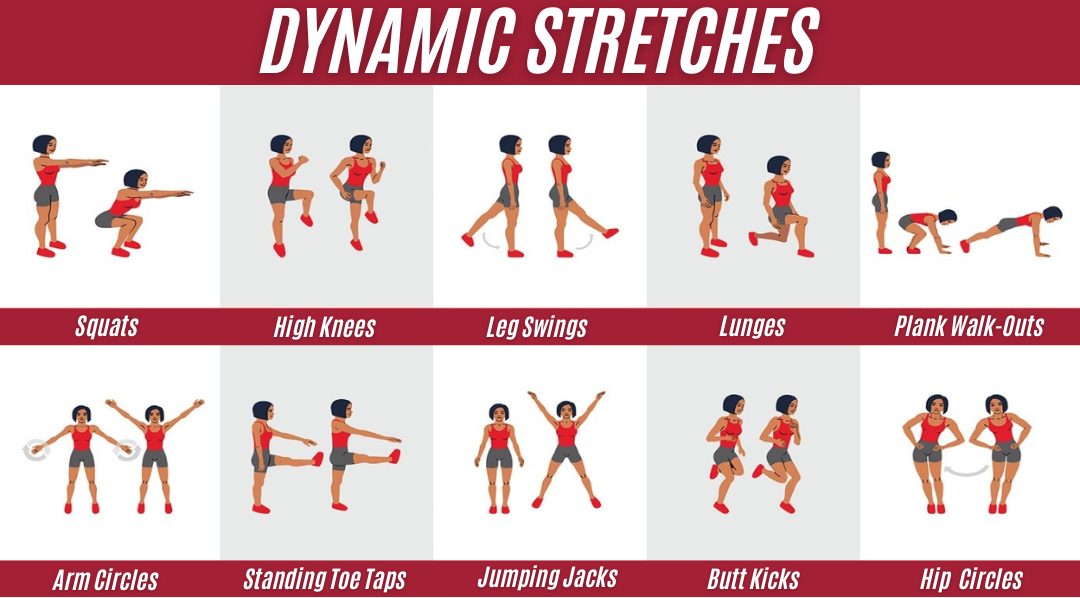Flexibility Rewired: Understanding the Nervous System’s Role in Stretching
Part of Sequential Body’s Yoga & Pilates Teacher Trainings
Even though most people come to yoga for the “stretch,” few realize that many yoga teachers don’t actually understand what stretching is — or the science behind it. Rarely do we hear a teacher explain the why behind flexibility work in class, yet they’re often quick to label someone as “tight and stiff” or “flexible and open.”
That’s not judgment — it’s a gap in education.
Most yoga and Pilates teacher trainings barely touch the science of stretching. As a result, many teachers lead flexibility-focused classes without fully grasping the physiological effects of what they’re cueing.
So let’s break it down.
Stretching isn’t just about lengthening muscle fibers — it’s about conditioning the nervous system. When we stretch, we’re essentially teaching the body that it’s safe to move into new ranges. The nervous system determines how far a muscle can lengthen before it sends a “stop” signal (that familiar tight or burning sensation). Over time, consistent stretching helps retrain that signal — expanding what the body perceives as safe range.
This is where neuromuscular adaptation comes in.
With consistent and mindful practice, the body doesn’t just become more “flexible” — it becomes more intelligent. It learns how to coordinate, stabilize, and control movement in those deeper ranges.
Different types of stretching play distinct roles in this process:
Static stretching helps desensitize the nervous system in a controlled way, promoting relaxation and increased range.
Example: Holding a seated forward fold for 30–60 seconds, teaching students to breathe into the hamstrings without forcing depth.Dynamic stretching builds mobility through motion, integrating flexibility with strength and control.
Example: Spinal waves in cat/cow or three legged downward facing dog with the top leg bent in external rotation while performing hip circles in full range of motion.Proprioceptive neuromuscular facilitation (PNF) techniques combine muscle activation and release for faster adaptation.
Example: Using a strap around the ball of the foot in padangustasa and asking the student to pull the lifted leg towards them while actively pressing through the heel for 10-20 seconds then releasing the pull to find added hamstring stretch.
When we understand that flexibility is a neurological conversation, not a muscular competition, we stop forcing range and start teaching control.
And this understanding isn’t just theory — it’s a cornerstone of Sequential Body’s Yoga and Pilates Teacher Trainings.
Before our teachers ever lead a class, we break down the different types of stretching, the science behind each, and how to apply them intelligently. This ensures that teachers don’t just teach movement — they teach awareness, resilience, and nervous system trust.
Stretching, after all, isn’t about going deeper into the pose — it’s about going deeper into understanding the body.

